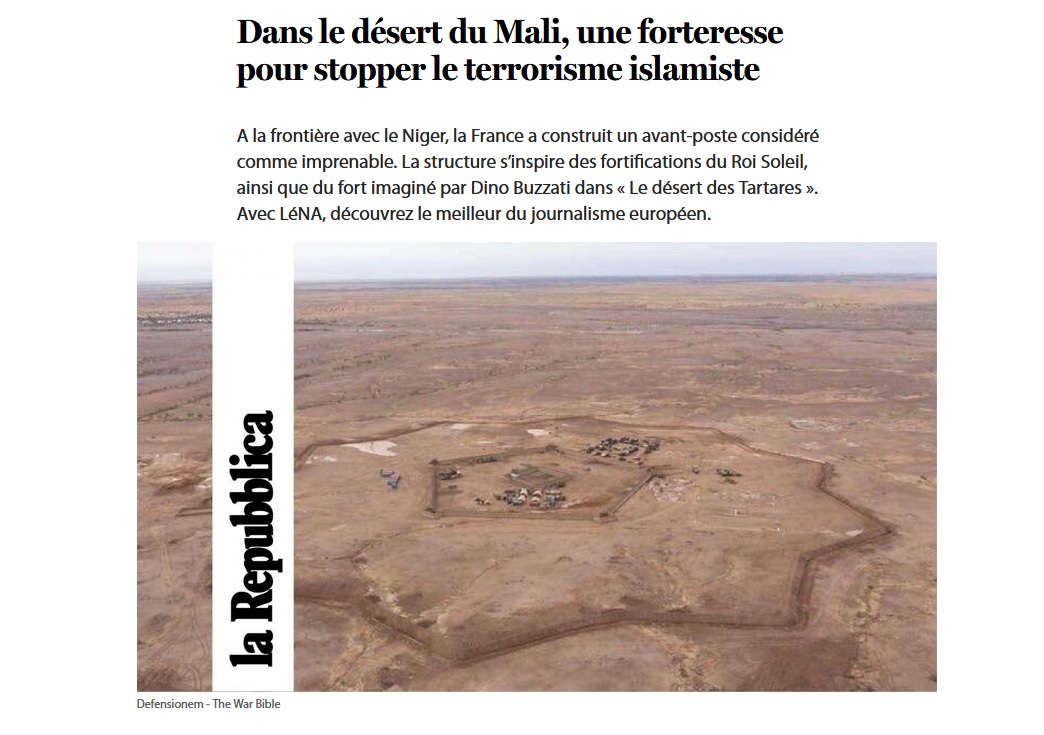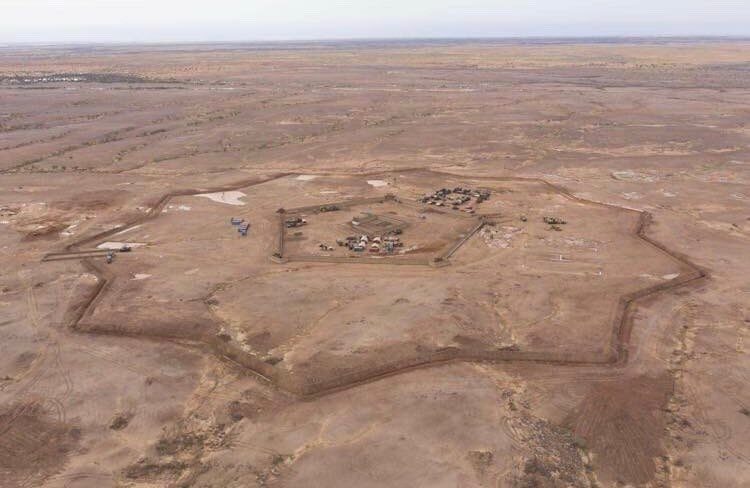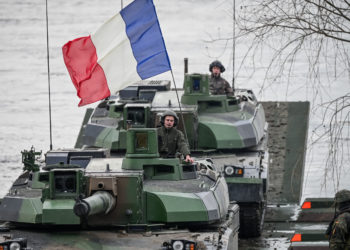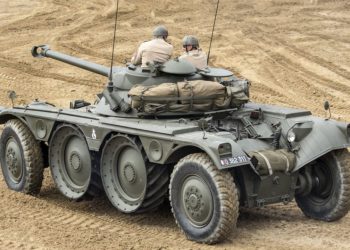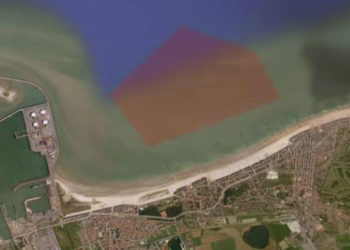Vauban star “forts”: French army goes retro in Mali. The French have been dealing with an Islamist insurgency in Mali for several years now. Following United Nation Security Council Resolution 2085 and an official Malian request for French military assistance, Paris sent troops into the country in January 2013.
Operation Serval (The initial French mission in Mali) involved 4,000 french troops supported by roughly 1,100 troops and/or hardware from 11 western countries and 7,400 troops belonging to the 21 countries taking part in the African-led International Support Mission to Mali.
The country’s corruption, poverty, and recently, draught, have been feeding said insurgency involving Al Qaeda in the Islamic Maghreb, Boko Haram, Ansar Dine and Ansaru. The French have therefore built several bases, including some in the Vauban style, from which they can patrol and operate. Operation Serval ended in 2014 and gave way to Operation Barkhane, which includes the same protagonists and pursues the same goals.
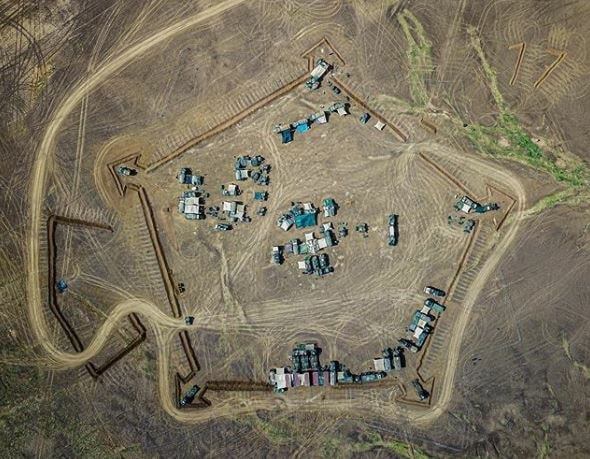
So the French have several forward operating bases in Mali… And what better way to protect them than some good old Vauban fortifications?! Bastion style fortifications did cope badly with modern artillery, leading then to be replaced by linear forts at the turn of the 19th century. However, low bastions are still good enough to defend against insurgents on foot or riding technicals. As you can see on the picture, the advantages of a Vauban star fort in this case is that each bastion has a wide field of view/fire. And thanks to modern (automatic) weapons, two bastions can support one another. Those Vauban bastions also create kill-boxes where their respective arcs of fire overlap.
French army engineers therefore adopted the Vauban style bastion/star fortifications for several of their FOBs. In pics: Small base is at Meneka. The larger one is at Labbezanga. Those bases were built by men of the 17th parachute engineers regiment.
